Cacti & Succulents
So you want to grow cacti and succulent plants in the garden but don’t know where to start. That’s simple. Tips for growing, caring and designing with succulents and various types of cactus begins here. Use our cacti and succulent growing guide to help answer any questions you may have. There are many types of cactus and succulent plants that can be grown in the home garden, and most are easy to grow. Keep reading to learn more about designing with succulents and start creating cactus gardens that your neighbors will envy!
Explore Cacti & Succulents
-
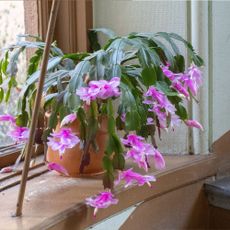
Your Christmas Cactus Is Probably a Thanksgiving Cactus! Here’s How to Tell the Difference
Think you know your Christmas from your Thanksgiving cactus? Let’s put it to the test…
By Kayleigh Dray
-

Christmas Cactus Care: How to Grow and Make Schlumbergera Bloom Indoors
Brighten winter with the vibrant blooms of a Christmas cactus. Learn how to care for this tropical beauty and keep it flowering year after year.
By Melanie Griffiths
-
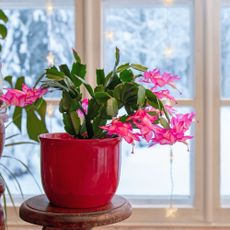
Christmas Cactus Light Requirements Explained: When to Put Plants in the Dark to Trigger Holiday Blooms
Learn the simple rules for giving Christmas cacti the right balance of light and dark, to ensure you get those spectacular flowers in time for the holidays.
By Tonya Barnett
-
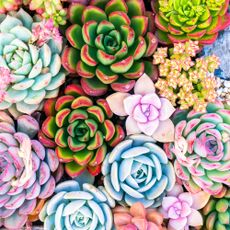
“I Filled My Yard With Free Succulents… Here’s How You Can, Too” – Professional Gardener Reveals Her Succulent Secret!
Succulents can be expensive, so why not grow some you haven’t had to pay for? We reveal one simple secret for creating a backyard filled with free succulents
By Teo Spengler
-

Can A Christmas Cactus Live Outside? How To Grow This Festive Favorite Outdoors
While Christmas cactus can only live outdoors all year in warmer locations, it can certainly benefit from a summer vacation in the garden in cooler zones.
By Bonnie L. Grant
-
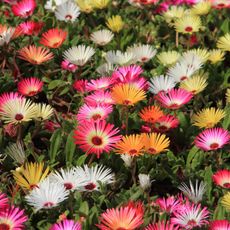
How To Grow Livingstone Daisy: Total Care Guide For Cleretum bellidiforme
Livingstone daisies are the perfect choice for that dull space in your landscape. Bright, daisy-like flowers provide lovely colors on this trailing succulent.
By Tonya Barnett
-
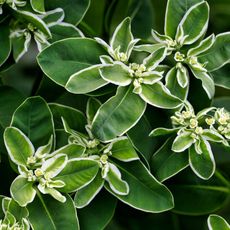
Snow On The Mountain (Euphorbia Marginata): Complete Care And Growing Guide
Snow on the Mountain is a unique succulent plant that is native to North America. Learn all about Euphorbia marginata and how to care for it in your garden.
By Bonnie L. Grant
-
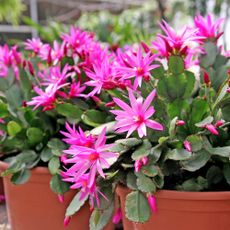
Easter Cactus Care Guide: Grow Thriving Houseplants With Stunning Spring Blooms
The Easter cactus is a sight to behold in spring when it bursts with a profusion of star-shaped flowers. Learn how to nurture this beautiful houseplant.
By Melanie Griffiths
-
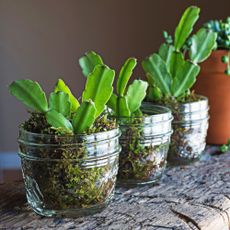
How To Propagate A Christmas Cactus The Easy Way: Make More Plants & Share The Joy
Learn how to grow more Christmas cacti for free by planting root cuttings. These stunning flowering plants make excellent gifts over the holidays and beyond.
By Bonnie L. Grant
-
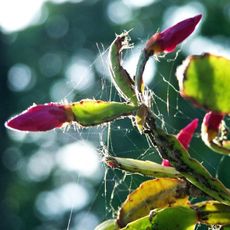
Common Christmas Cactus Pests: How To Identify And Eliminate Bugs Fast
Struggling with pests in your Christmas cactus? Learn how to quickly identify and eliminate the most common culprits to keep your plant healthy and flowering.
By Amy Grant
-
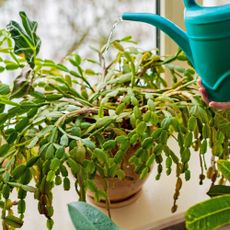
Overwatered Christmas Cactus Care: Save Your Plant With These Simple Steps
Have you overwatered your Christmas cactus? Learn how to revive soggy plants, prevent root rot, and keep them thriving for the holidays and beyond.
By Amy Grant
-
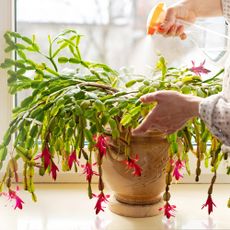
Common Christmas Cactus Diseases: How To Identify, Treat, And Save Your Plant
Learn how to spot, treat, and prevent the most common Christmas cactus diseases to keep your plant healthy and flowering.
By Bonnie L. Grant
-
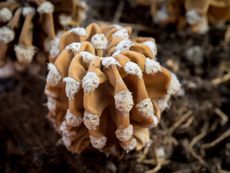
Cactus Rot: Common Causes & How To Fix Them
If your favorite plant shows signs of cactus rot or soft cactus spots, it may be suffering from pests or fungal diseases. Learn what to do.
By Bonnie L. Grant
-
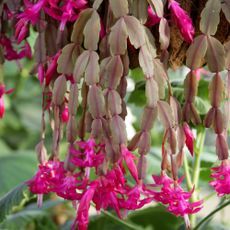
Why Is My Christmas Cactus Turning Purple? And How To Make It Green Again
If your Christmas cactus leaves are purple or red instead of green, it's telling you that something isn't quite right. Learn the possible causes and solutions.
By Teo Spengler
-
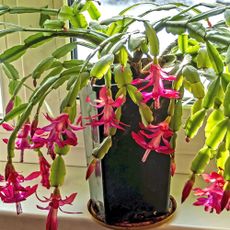
Christmas Cactus Root Rot: How To Identify, Treat & Prevent This Deadly Disease
Root rot must be treated promptly if plants are to survive. Learn how to spot the signs and save your Christmas cactus from this most dreaded disease.
By Teo Spengler
-
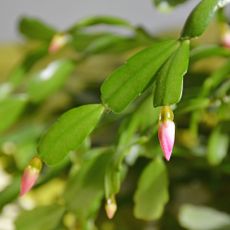
Christmas Cactus Buds Falling Off: 8 Reasons For Bud Drop And How To Fix It
Nothing frustrates growers more than bud drop. But a few simple changes will have you on your way to a fully blooming Christmas cactus in time for the holidays.
By Tonya Barnett
-
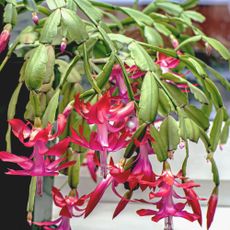
How To Revive A Limp, Wilting Christmas Cactus – And Restore Its Blooming Vitality
A Christmas cactus wilting can be caused by a variety of factors. Diagnose the issue and learn the best cures to restore your holiday plant to full health.
By Mary Ellen Ellis

